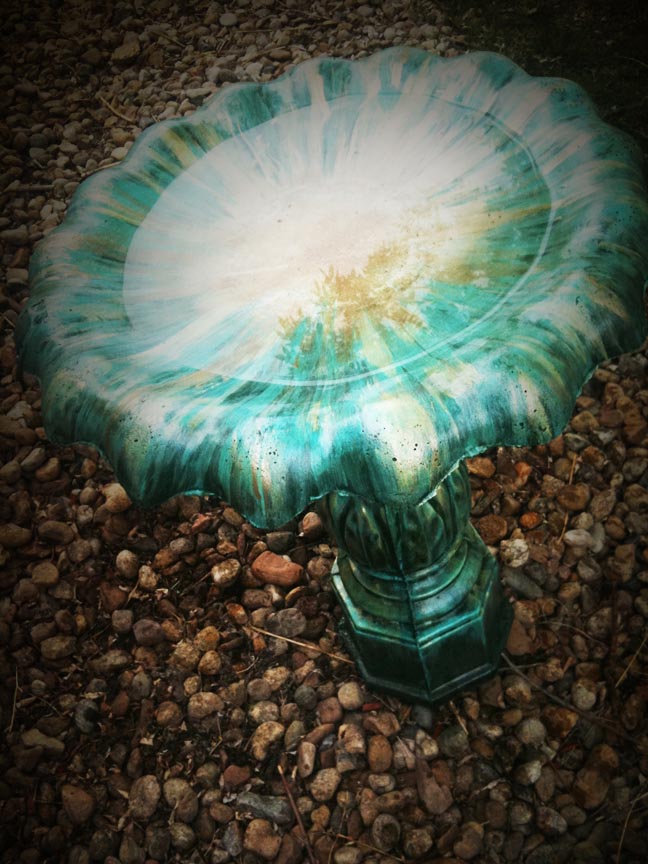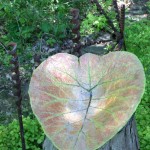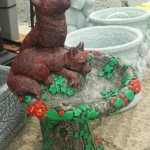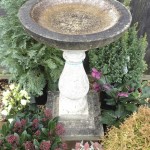- Home
- Bird Baths
- Decorate Your Garden with Concrete Bird Bath
- Curently view
Painting A Concrete Bird Bath image and description
Having a concrete bird bath you will not only help our feathered friends on hot summer days, but also decorate your garden or yard. Of course, you can buy a ready-made water dish and just place it where you want. There are hundreds of interesting variants offered by the manufacturers. For example, it can be an angel (a fairy-tale hero, an animal) holding a bowl on his head; it can be a painted flower decorated with mosaic.
Here is imperative clue on bird bath designs. We have the prime substance for bird bath designs. Check it out for yourself! You can gather Painting A Concrete Bird Bath guide and see the latest Decorate Your Garden with Concrete Bird Bath in here.
Photo Gallery of The Painting A Concrete Bird Bath
Related Post from Decorate Your Garden with Concrete Bird Bath
-
A garden bird bath is a wonderful decision for your yard or garden if you wish to fill your territory with singing and chippering of fliers. There are so many types of bird baths and they may be made of different materials. The main thing when buying or making such […]
Bird Baths Category -
Autumn is time to realize unusual bird feeders DIY projects. You can find materials from your closet for this aim. The first idea is using recycled crockery. Take a drill and make a hole in the center of the ceramic plate and bowl. Insert a threaded long metal stick between […]
Bird Feeders Category -
The luxury and originality of stone bird baths really impress everyone, so it is not strange that they are so popular. Speaking about the natural stone bird baths it is necessary to mention that they are a real piece of masterpiece. Marble and granite objects are considered to show good […]
Bird Baths Category



























